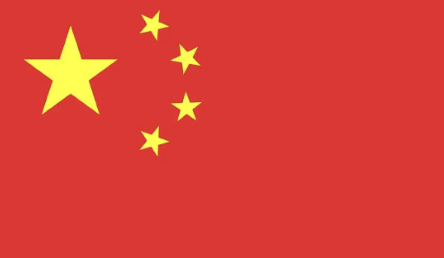The lunar calendar, which has been used since the Han Dynasty, counts the first to third months as spring, the fourth to sixth as summer, the seventh to ninth as autumn, and the fifteenth day of the eighth month, being halfway through the season, is called the Mid-Autumn Festival.
The Mid-Autumn Festival had already taken shape during the Western Han and Eastern Han dynasties, and by the Tang Dynasty, the custom of moon viewing and moon appreciation had already emerged. During the reign of Emperor Taizong of the Northern Song Dynasty, the Mid-Autumn Festival was officially designated on August 15th, and the festival activities included worshiping the moon, offering sacrifices to the moon, moon appreciation, and eating mooncakes. Among the three traditional Chinese festivals, the Mid-Autumn Festival has the best season, with clear skies and cool breezes, fruits ripening, and crops harvested. People have always attached great importance to the Mid-Autumn Festival. During the festival, mooncakes are eaten, so it is also known as the Mooncake Festival; it is also called the Fruit Festival because fruit is eaten; and it is called the Reunion Festival because families are supposed to get together.

In the past, Beijing-style mooncakes were mainly made of Zilihong and Zili Bai, with some Tiqing and Fanmao mooncakes as side dishes. Each pastry shop would start getting busy in early August. At that time, the Zilihong mooncakes were very small, with one pound containing about 20 of them, so they took a lot of time to make. To make the mooncakes look bigger, the filling was not full, with half of it being empty. They were sold in packs of 10. If used for gifts, 6-10 packs could be tied together into a bunch of reed leaves, called a Pu’bao. The Pu’bao was a type of packaging made of fragrant plant leaves, with a red ticket from the pastry shop on top, which had the shop’s name, address, and phone number on it. This was not only for advertising but also for giving gifts to friends and family so that they wouldn’t receive “three-no” products (no name, no address, no phone number). In case there was a quality problem, they could return or exchange them at the shop, which would look more generous if it was from an old brand.
The self-blooming red and white peaches weigh the same but taste different when eaten. What is the difference between them?
Red Lantern Mooncakes are made with vegetable oil, mainly sesame oil and peanut oil, with a crispy crust and a filling mainly consisting of sugar, rock sugar, green and red threads, and pumpkin seeds. For the White Lantern Mooncakes sold in Han ethnic bakeries, white oil, i.e., lard, is used, which is produced by specialized oil refineries using pig fat. The white oil has a pure taste and is delivered to the bakeries as a seasoning. Therefore, White Lantern Mooncakes are soft and have a variety of fillings, including sugar, hawthorn, and date paste. The “Flipped Fur Mooncakes,” which sound a bit strange, are actually crispy-skinned mooncakes that are larger than crispy-skinned snacks. The white, crispy crust rises up, looking like a piece of goose down, and was a popular variety at bakeries at the time. (Continued from the previous version) At that time, every year from the eighth lunar month, fruit stalls on the streets would be filled with various fruits, including greenish-yellow duck pears, half-green half-red “Hu La Che,” bright red apples as red as young girls’ cheeks, purple and white-frosted grapes, yellow and round Beijing white pears, and purple-yellow plums. At that time, there were few apple varieties and low yields in Beijing, and the price was high. Only gifts in fruit baskets were bought with apples, and they had to be twenty-five in number, called a “table fruit offering.” Ordinary citizens mostly bought fruits such as hawthorn, grapes, and “Hu La Che.” “Hu La Che” sounds strange now, but only Beijing locals know about it. In fact, “Hu La Che” still exists, but very few people call it that anymore. Its fragrance was subtle and distant, so people called it the “fragrant fruit” at the time, and now it is called a “fragrant fruit” or “sweet fruit” along with hawthorn and grapes, all of which were mass-
A family reunion moon cake made by ordinary people is usually made by hand steamed. It involves taking a fermented dough, rolling it into three equal-sized round dough balls, and then placing a layer of red sugar on one of the dough balls, followed by a layer of dried dates, nuts, and other fruits on top. The third dough ball is then placed on top. After being steamed, it becomes a multi-layered family reunion moon cake.
In the past, our family used to make a reunion cake for the Mid-Autumn Festival every year. We would then sit together and eat it, with each person getting a portion, symbolizing reunion. On this day, if someone in the family were not at home, a portion would be set aside for them to make up for later. One year, I was unable to return home for the Mid-Au
Phoenix Lee https://chinese-tradition.com/zilai-red-and-zilai-white.html
